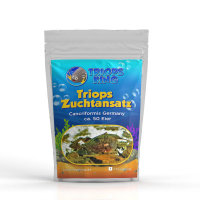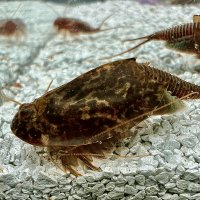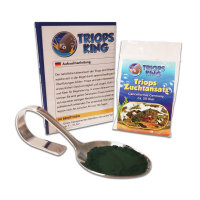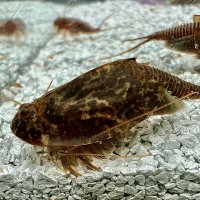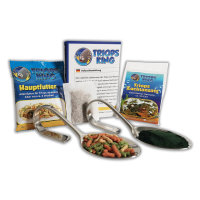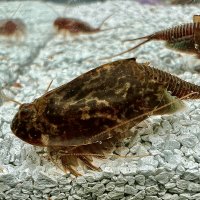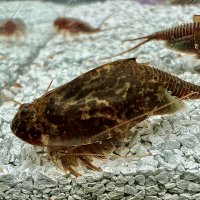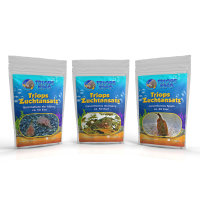Triops Cancriformis Germany

Triops Cancriformis Germany |
|
|---|---|
| Size: | about 4 - 6 cm |
| Life expectancy: | about 90 - 120 days |
| Temperature range: | 22 - 24 °C |
| Origin: | Germany |
Triops Cancriformis Germany
With a life expectancy of up to 120 days, Triops Cancriformis Germany represents the longest living species of the genus Triops. The living fossil grows throughout its life, which is why this prehistoric crab can reach a considerable body length of up to 12 cm due to its high life expectancy. Usually, however, its body size is between five and seven centimeters. Would you like to learn more about this native gill-foot crayfish, we have exciting information for you below.
Requirements of the Triops Cancriformis Germany
.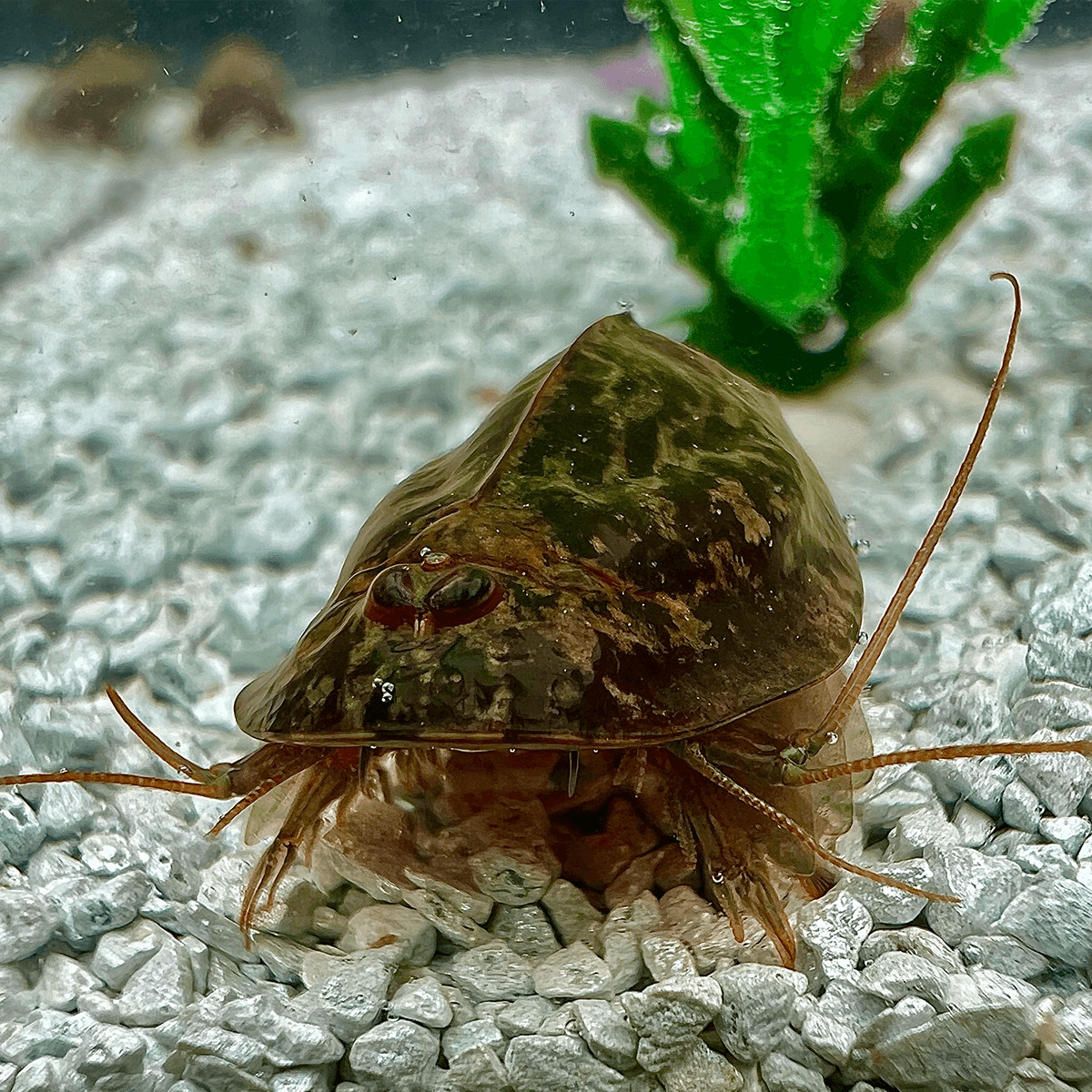
As the name suggests, Triops Cancriformis Germany originates from Germany and thus from a cooler distribution area than Triops Longicaudatus. This origin affects the ideal water temperature for keeping Triops. The German Triops species does very well with an average water temperature of 22°C to 24°C. So, unlike other species, you can keep this Triops in the aquarium during the summer without heating.
Otherwise, Triops Cancriformis Germany has the same husbandry requirements as most animals of this genus. To thrive, it needs good water quality, Triops food and sufficient daylight or artificial light.Triops Cancriformis Germany - a survivor
All Triops species are true survival artists. Regardless of their origin, aquatic animals invariably live in waters that are only briefly filled with water and dry up completely after a relatively short time. Triops are perfectly adapted to these habitats. They grow very fast, reach sexual maturity after only a few weeks, and soon lay their cysts (eggs) in the mud of the water. The laid Triops eggs, which are also called permanent eggs, are characterized by some peculiarities. They already contain embryos, which are very robust. They survive in the protection of the egg shell various mechanical stresses, dryness, heat as well as UV rays for many years. Only certain impulses and contact with water stimulate hatching. Within a few hours, the approx. 0.2 mm small larvae (nauplii) hatch from the approx. 0.25 mm Triops eggs, which moult several times during the first days of life. During the moult the Triops Cancriformis Germany shed their outer shell. Under the old shell a new one has already developed, which is optimally adapted to the growth of the crustacean. As growth slows over a lifetime, fewer molts take place as the animal ages.
Triops Cancriformis Germany
With a life expectancy of up to 120 days, Triops Cancriformis Germany represents the longest living species of the genus Triops. The living fossil grows throughout its life, which is why this prehistoric crab can reach a considerable body length of up to 12 cm due to its high life expectancy. Usually, however, its body size is between five and seven centimeters. Would you like to learn more about this native gill-foot crayfish, we have exciting information for you below.
Requirements of the Triops Cancriformis Germany
.
As the name suggests, Triops Cancriformis Germany originates from Germany and thus from a cooler distribution area than Triops Longicaudatus. This origin affects the ideal water temperature for keeping Triops. The German Triops species does very well with an average water temperature of 22°C to 24°C. So, unlike other species, you can keep this Triops in the aquarium during the summer without heating.
Otherwise, Triops Cancriformis Germany has the same husbandry requirements as most animals of this genus. To thrive, it needs good water quality, Triops food and sufficient daylight or artificial light.Triops Cancriformis Germany - a survivor
All Triops species are true survival artists. Regardless of their origin, aquatic animals invariably live in waters that are only briefly filled with water and dry up completely after a relatively short time. Triops are perfectly adapted to these habitats. They grow very fast, reach sexual maturity after only a few weeks, and soon lay their cysts (eggs) in the mud of the water. The laid Triops eggs, which are also called permanent eggs, are characterized by some peculiarities. They already contain embryos, which are very robust. They survive in the protection of the egg shell various mechanical stresses, dryness, heat as well as UV rays for many years. Only certain impulses and contact with water stimulate hatching. Within a few hours, the approx. 0.2 mm small larvae (nauplii) hatch from the approx. 0.25 mm Triops eggs, which moult several times during the first days of life. During the moult the Triops Cancriformis Germany shed their outer shell. Under the old shell a new one has already developed, which is optimally adapted to the growth of the crustacean. As growth slows over a lifetime, fewer molts take place as the animal ages.

